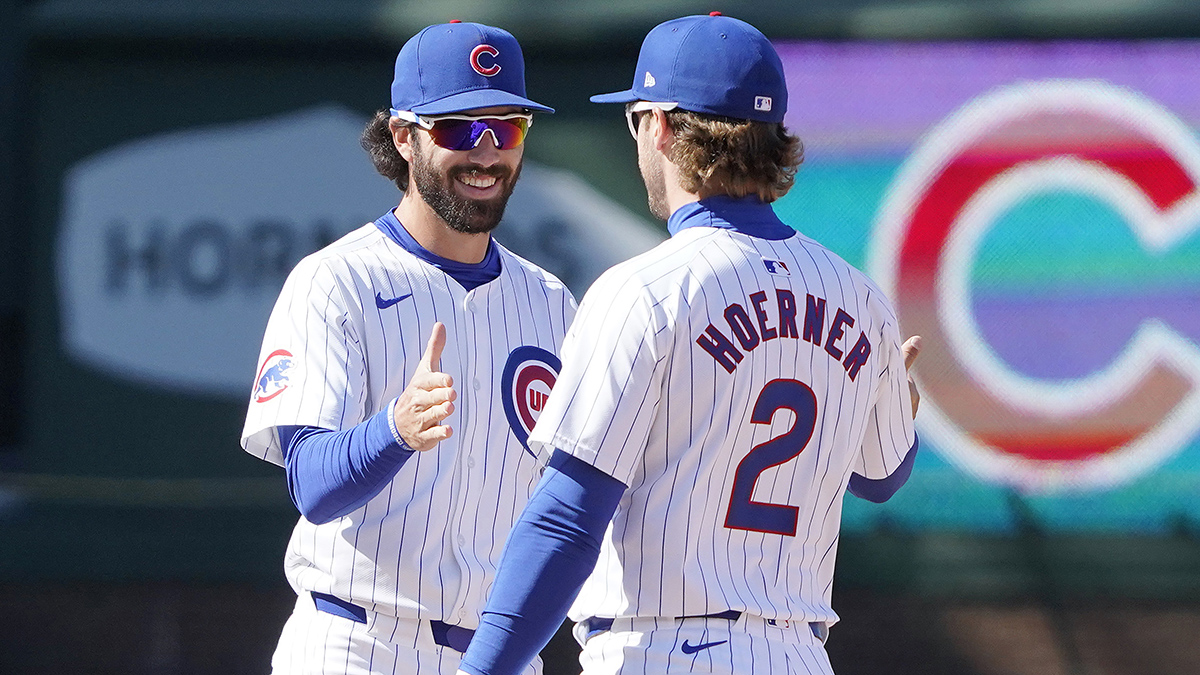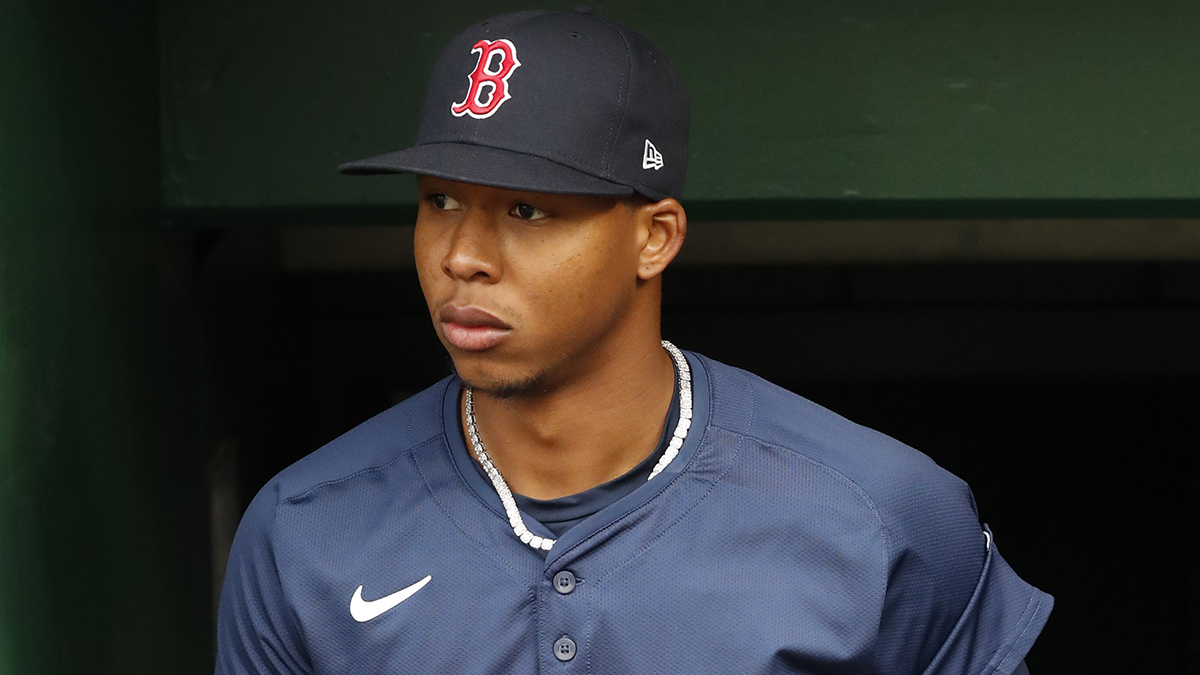
By Sean McAdam
CSNNE.com Red Sox InsiderFollow @sean_mcadam
ST. PETERSBURG, Fla. - Thanks to a six-game winning streak -- and 10 wins in their last 11 -- the Red Sox went into the All-Star break in first place in the American League East, owners of the second-best record in all of baseball.
If they hope to stay atop the division, some things will have to break right for them in the second half.
Here are five of the second-half keys as the season resumes Friday night against the Tampa Bay Rays.
1) Improved health for the starting rotation.
This is listed as the top priority here; it could also be the second, third and fourth priorities. It's that significant.
Simply put, the Red Sox need their Big Three of Josh Beckett, Jon Lester and Clay Buchholz to be healthier in the second half than they were in the first.
As the second half begins, Lester and Buchholz are on the DL and Beckett hyper-extneded his knee in his last start, causing him to cut short a scheduled appearance in the All-Star Game.
Boston Red Sox
Beckett is on track to pitch Sunday, his scheduled return to the mound. Lester, meanwhile, will probably be ready to start when the Red Sox return from their six-game road trip, as his pulled lat muscle isn't expected to linger.
Buchholz, though, is another matter. He's been bothered by lower back spasms for more than a month and the fact that they continue to present a problem has to be more than somewhat concerning.
He was examined by a back specialist before the break and tests confirmed that there was nothing structurally wrong with the back. A cortisone shot also helped with some discomfort.
The Sox have been fortunate that their depth starters (Tim Wakefield, Alfredo Aceves, Andrew Miller and Kyle Weiland) have performed as well as they have - the Sox are 13-7 in their 20 games combined.
But it's probably asking for too much for that to continue througout the second half. Worse, if any of the Big Three go down with a more serious injury, there's no starter available on the trade market good enough to crack the first three spots in the rotation.
2) Improvement out of right field.
In terms of OPS (on-base percentage plus slugging), the Red Sox were 29th out of 30 for right-field production.
J.D. Drew had 10 extra-base hits in the first half and went better than 100 plate appearances in between extra-base hits.
Mike Cameron was woeful while here and was subsequently dealt away. Darnell McDonald hasn't been much better.
On one hand, the subpar output from their right fielders hasn't hurt the Sox much. The Sox went into the break leading the majors in runs scored, hits, doubles, extra-base hits, RBIs, walks, total bases, average, on-base percentage and slugging percentage.
On the other hand, it would take some of the load off Adrian Gonzalez, David Ortiz and Kevin Youkilis if Drew -- or anyone playing right field -- contributed something.
The hope, stated repeatedly by Terry Francona, that Drew will eventually come around and enjoy a hot streak may be against all logic. If Drew doesn't start offering something, don't be surprised to see more of Josh Reddick in right.
3) Contributions from more bullpen arms.
Daniel Bard has been superb and deserved a spot on the All-Star team. He hasn't allowed a run since May and has allowed just 10 baserunners in his last 19 13 innings.
But if Bard is going to be the same factor in October, the Sox have to manage his workload in the second half.
For that to happen, the Sox need improvement from both Bobby Jenks and Dan Wheeler.
The former has already spent two stints on the disabled list and has delivered little for someone whom the Sox viewed as a co-setup weapon at the start of the season.
If Jenks doesn't give the Sox more in the next 2 12 weeks, they'll be forced to seek (expensive) help on the trade market.
Wheeler was almost a complete non-factor for the first 2 12 months, though he's been far better of late. In his last 11 appearances, Wheeler has a 1.50 ERA, though it should be pointed out that many of those outings came while the Red Sox were either way behind or safely ahead.
4) The return of Jed Lowrie
Marco Scutaro has been steady in Lowrie's absence, but far from spectacular. He has just 10 extra-base hits in 170 at-bats and sports a .354 slugging percentage.
Lowrie, when healthy, was belting doubles and offering the occasional long ball.
Without Lowrie, the options at short are untested. Drew Sutton is a capable journeyman and could play there for short stretches.
Yamiaco Navarro, whose best position appears to be third base, could play short, too, though not as reliably.
That puts the onus on Lowrie to get healthy and provide both some middle-infield pop and depth at a position where the Sox are lacking -- at least in terms of experienced options.
5) A look at the real Carl Crawford.
The first three months were, to put it mildly, disappointing. It took until May for Crawford to get his average over the .200 mark.
Sure, there were a handful of highlights, including some walkoff hits from Crawford. But for a player with as many tools as Crawford, he seemed to contribute little.
His defense, thought to be a major part of his game, was merely slightly above-average. In bigger ballparks, away from Fenway, Crawford's athleticism was supposed to take away doubles in the gap, but that happened rarely.
Likewise, his impact on the bases has yet to be felt. Put aside the meager stolen base total (just 8 in 12 tries) as a function of his inability to get on base more and the fact that he was hitting in the bottom third of the order much of the time.
But Crawford didn't seem to put much pressure on the opposing team. He wasn't a distraction, he didn't go first-to-third much and he didn't help much in manufacturing runs when he did get on base.
If the Sox are maximize their full potential -- in the field, at the plate, and on the bases -- they need much more from Crawford going forward.
Sean McAdam can be reached at smcadam@comcastsportsnet.com. Follow Sean on Twitter at http:twitter.comsean_mcadam.


